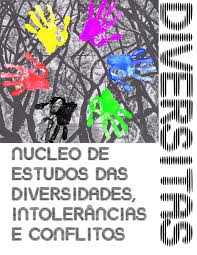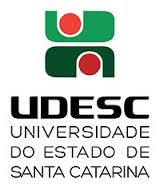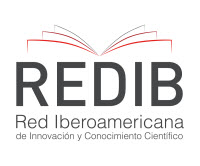Eurídice segundo Atwood?
Resumo
A busca de identidade resulta um motivo dominante na história da literatura. Na alta modernidade, Margaret Atwood faz uma complexa reinterpretação de arquétipos míticos clássicos, a partir de uma perspectiva de gênero. Nesse contexto, são lidos criticamente dois poemas, “Eurydice” e “Orpheus (1)”, os quais integram, nos níveis simbólico, metafórico e icônico, outra imagem de Eurídice. Ponto focal desta análise é, portanto, o estudo das principais estratégias textuais dos poemas que, na sua aspiração a modelar um leitor semiótico, desenvolvem com originalidade uma poética e conformam narrativas de identidades possíveis, em processo e abertas. Privilegiando a constituição estética de sujeitos femininos de sentidos plurais e centrados no tema da metamorfose, os textos de Atwood interpelam o sistema da cultura patrilinear e ao assumir outros loci de enunciação, abrem renovadas perspectivas para o discurso feminino contemporâneo.
Abstract: The searching for an identity results in a prevailing motif in the literary history. In high modernity, Margaret Atwood presents a complex reinterpretation of the classic mythic archetypes, from a new gender perspective. In this context, two poems, “Eurydice” and “Orpheus”, are critically read, both integrate, in the symbolic, metaphoric, and iconic levels, another Eurydice’s image. The focal point of this analysis is, therefore, the study of the main textual strategies of the poems which, aspiring to model a semiotic reader, develop an original poetics and establish narratives of possible identities, opened or in process. Privileging the aesthetic constitution of the feminine subject with plural meanings and centered in the theme of metamorphosis, Atwood texts question the patriarchal cultural system. Besides, when assuming other enunciation loci, her texts open innovative perspectives to the contemporaneous feminine discourse.
Apontamentos
- Não há apontamentos.
ISSN eletrônico: 1984-5677
ISSN impresso: 1519-0994





















